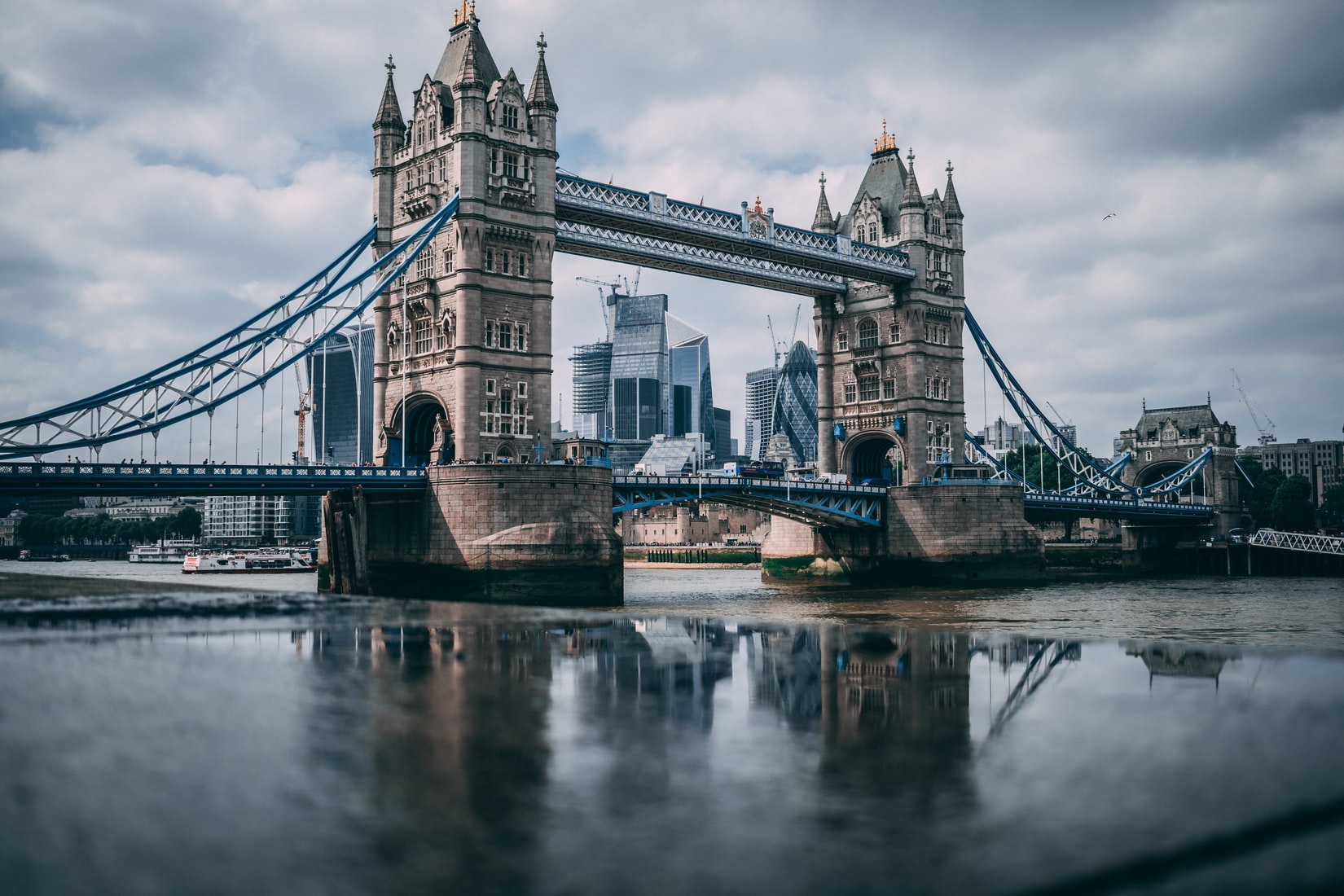First London Bridge in River Thames at Vauxhall
Remains of the oldest prehistoric bridge known in Britain have been found in the Thames in central London.
Author:Tobey StricklandReviewer:Iram MartinsAug 02, 202318.4K Shares384.7K Views

Remains of the oldest prehistoric bridge known in Britain have been found in the Thames in central London. The `first London Bridge' dates from the middle Bronze Age, and consists of two parallel lines of large oak posts leading into the river from the south bank at Vauxhall.
The discovery follows that of a slightly later Bronze Age bridge found four years ago further up the Thames at Eton. The bridge at London dates to c1500BC (two timbers were radiocarbon-dated to between 1750-1535BC and 1605-1285BC). The Eton bridge dates to c1400-1300BC (two of its posts were dated to between 1500-1300BC and 1400-1200BC).
Vauxhall
The two lines of posts at Vauxhall stand about 5m apart, twice as wide as the Eton bridge, and wide enough to allow two carts to pass one another comfortably. The overall width of the structure and the size of the timber posts used - each was at least 40cm across - led to the interpretation as a bridge rather than anything less substantial such as a jetty.
The timbers lean slightly inwards, suggesting they originally formed a series of diagonal crosses with the platform resting on top - a `cradle' construction commonly used in Bronze Age trackways. The remains are now only visible at the very lowest tides and were first seen by a member of the public who found two Bronze Age palstave axes between the timbers and alerted the Museum of London. The structure has since been mapped and interpreted by archaeologists from the Thames Archaeological Survey, run jointly by the Museum of London and the Institute of Archaeology.
The Bronze Age
The Thames was much wider than it is now, consisting of a number of narrow channels rather than one wide stream. The bridge, therefore, probably linked the riverbank to a mid-stream island or one island to another, and other sections of the bridge may yet be found in the same area.
According to Mike Webber of the Survey, the bridge suggests the existence of a major permanent settlement by the river. Settlements were often sited at the confluence of rivers, he said, and the site lies some 100m upstream of the entry point of the River Effra, one of the Thames's major `lost' tributaries.
Jump to

Tobey Strickland
Author

Iram Martins
Reviewer
Latest Articles
Popular Articles